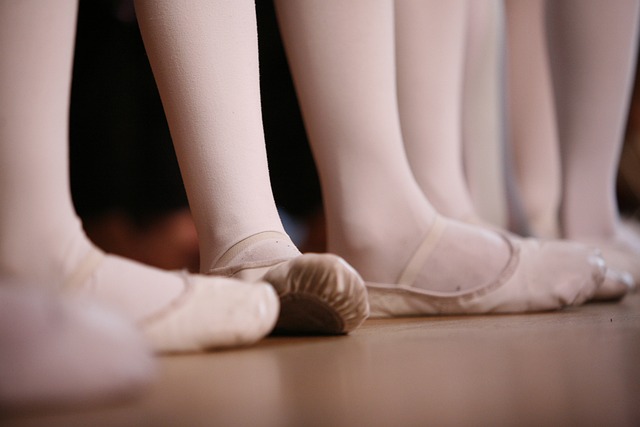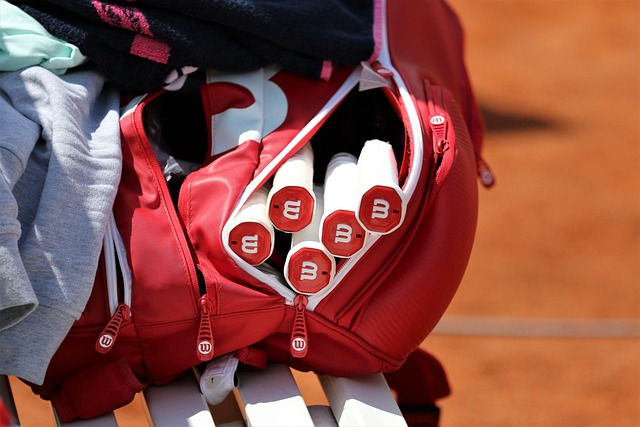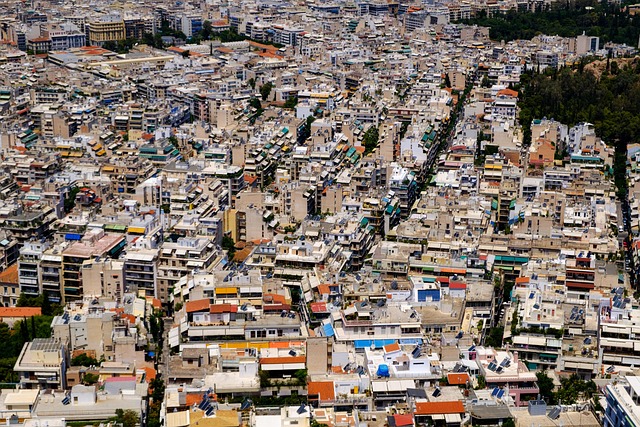
Activism Symbols
Introduction
Activism symbols serve as powerful tools for communication and expression within social movements. These symbols can take various forms, from colors and clothing to art and mascots, each carrying significant meaning and resonance with the causes they represent. Understanding the role of these symbols can provide deeper insights into the motivations and messages behind contemporary activism.
The Role of Symbols in Activism
Symbols play a crucial role in activism by encapsulating complex ideas into easily recognizable forms. They can foster a sense of unity among participants, create a visual identity for movements, and communicate messages succinctly to a broader audience. The effectiveness of a symbol often lies in its ability to evoke emotions and provoke thought, making it a vital component of any social movement.
Color as a Symbol
Colors have historically been used as symbols in various movements. For instance, the yellow vests worn by participants in France's Gilet Jaunes movement symbolize resistance against rising diesel taxes and broader economic grievances. Similarly, the color red has been associated with revolutionary movements worldwide, including protests in Myanmar, where it represents solidarity with Aung San Suu Kyi's National League for Democracy.
Clothing as a Form of Protest
Clothing can serve as a powerful form of protest. The choice of attire often reflects the values and messages of a movement. In Russia, women have donned red tops to express solidarity with the wife of opposition leader Alexei Navalny, who was sentenced to prison. Such acts of wearing specific clothing can amplify voices and draw attention to political issues.
Art as Activism
Art has long been intertwined with activism, serving as a medium for expression and a means to challenge the status quo. Activist art can take many forms, including graffiti, installations, and performance art. This creative expression not only raises awareness but also engages the public in dialogue about pressing social issues. The use of humor and satire in activist art can also serve to disarm opponents and invite broader participation.
Unconventional Symbols: Mascots and Icons
In recent years, unconventional symbols such as mascots have emerged in various protests. For example, inflatable rubber ducks became a symbol of dissent during protests in Thailand, representing the absurdity of political situations. Such symbols can provide a lighthearted approach to serious issues, making them more accessible to a wider audience.
Conclusion
Activism symbols are an integral part of social movements, providing a means for individuals to express their beliefs and connect with others. Whether through color, clothing, art, or unconventional mascots, these symbols encapsulate the essence of the causes they represent. As activism continues to evolve, so too will the symbols that accompany it, reflecting the changing landscape of social and political discourse.

















 Gamer's Guide to Pretty Much Everything
Gamer's Guide to Pretty Much Everything 
 Health
Health  Fitness
Fitness  Lifestyle
Lifestyle  Tech
Tech  Travel
Travel  Food
Food  Education
Education  Parenting
Parenting  Career & Work
Career & Work  Hobbies
Hobbies  Wellness
Wellness  Beauty
Beauty  Cars
Cars  Art
Art  Science
Science  Culture
Culture  Books
Books  Music
Music  Movies
Movies  Gaming
Gaming  Sports
Sports  Nature
Nature  Home & Garden
Home & Garden  Business & Finance
Business & Finance  Relationships
Relationships  Pets
Pets  Shopping
Shopping  Mindset & Inspiration
Mindset & Inspiration  Environment
Environment  Gadgets
Gadgets  Politics
Politics 